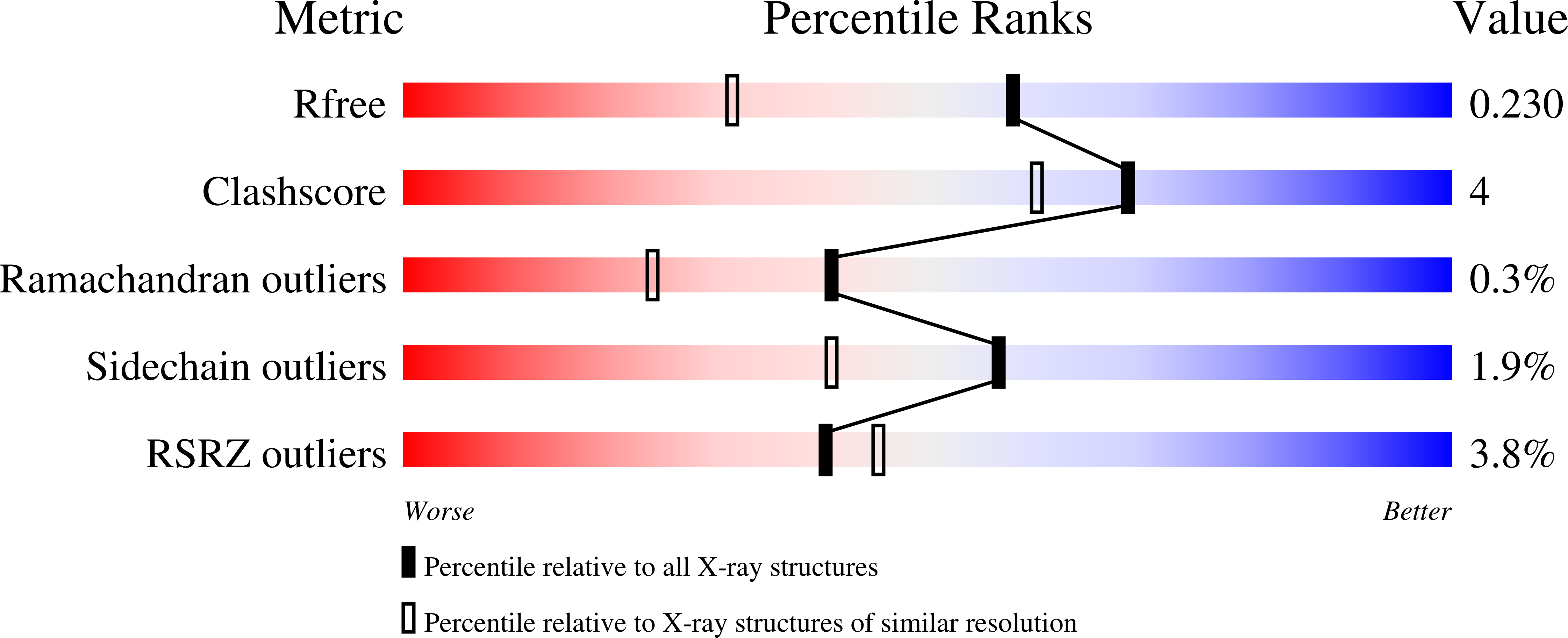
Deposition Date
2021-04-10
Release Date
2021-04-28
Last Version Date
2024-05-22
Entry Detail
PDB ID:
7MFO
Keywords:
Title:
X-ray structure of the L136 Aminotransferase from Acanthamoeba polyphaga mimivirus in the presence of TDP and PMP
Biological Source:
Source Organism:
Acanthamoeba polyphaga mimivirus (Taxon ID: 212035)
Host Organism:
Method Details:
Experimental Method:
Resolution:
1.70 Å
R-Value Free:
0.22
R-Value Work:
0.18
R-Value Observed:
0.18
Space Group:
P 1 21 1


